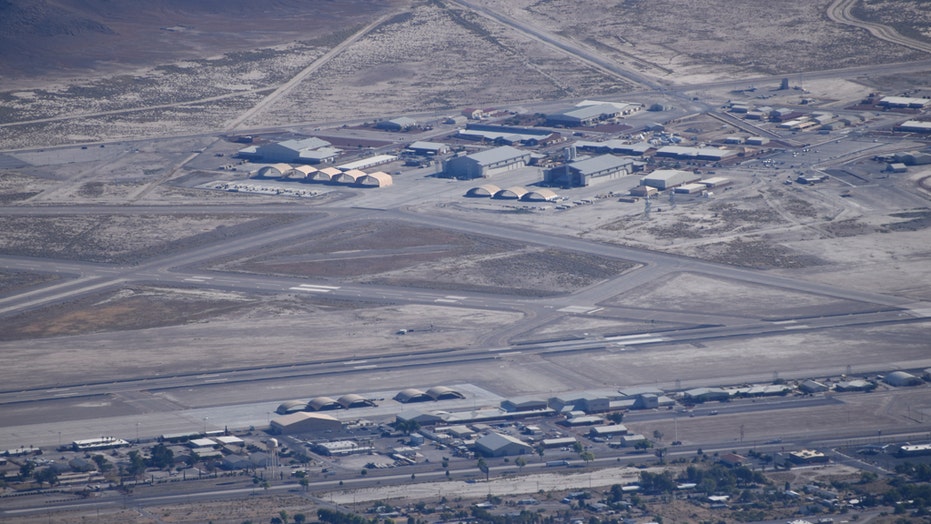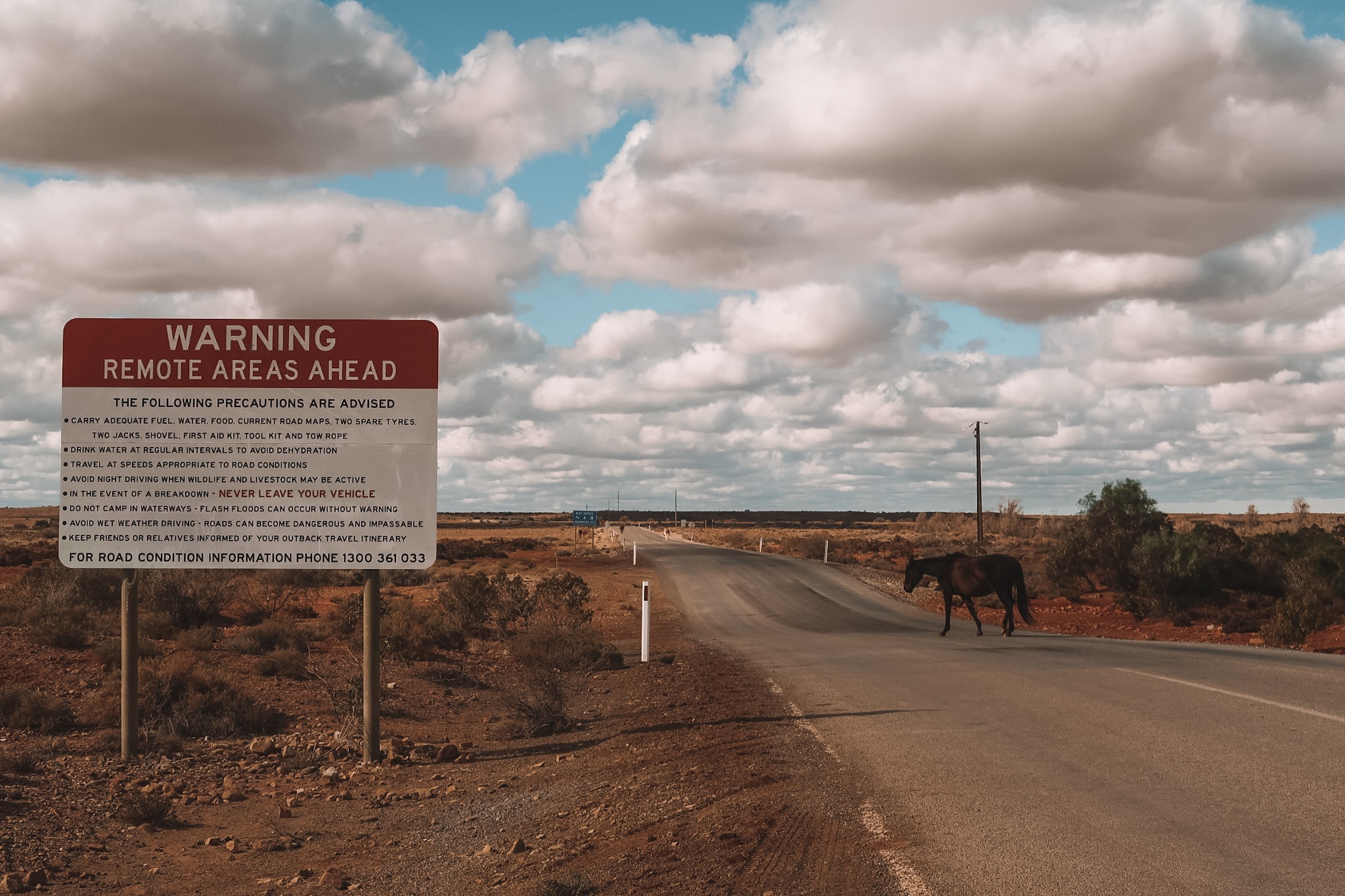


At the eastern edge of the subducting slab, they split into two branches, with one continuing eastward and another going around the slab edge and entering the area above the slab. The model suggests that materials beneath the subducting Pacific-Yakutat slab are driven northeastward by the southward retreat of the Aleutian Trench. By analyzing elastic waves produced by earthquakes that are at least 9,000 km away from the study area and recorded by seismographs deployed in south central Alaska, we have established a flow model that can adequately explain the observations. Such subduction has not only led to the rising of the magnificent mountain belts seen on the surface, but also caused the mantle beneath the lithosphere to flow. These natural hazards are mostly caused by the subduction of the Pacific Plate beneath the North American Plate along the Aleutian Trench. Key PointsĪlaska is home to some of the largest earthquakes and violent volcanic eruptions on Earth. The flowlines of the toroidal and continued flow systems are approximately orthogonal to each other in the vicinity of the slab edge, producing the observed small splitting times and spatially varying fast orientations.

The first branch enters the mantle wedge as a toroidal flow and flows southwestward along the slab, and the second branch continues approximately eastward. The sub-slab flow initially entraining with the shallow-dipping Yakutat slab deflects to a trench-parallel direction due to slab retreat and an increase in slab dip, and flows northeastward toward the slab edge, where it splits into two branches. The spatial distribution of the splitting parameters and results of anisotropy layering and depth analyses can be explained by a model involving three flow systems. The area to the west of the slab edge has greater splitting times and mostly trench parallel fast orientations, and the area to the east is dominated by smaller splitting times and spatially varying fast orientations.

The Pacific-Yakutat slab edge separates two regions with different characteristics of the splitting measurements. To investigate the effects of a slab edge and varying slab geometry on the mantle flow systems beneath south central Alaska, a total of 971 pairs of teleseismic shear wave (SKS, SKKS, and PKS) and 65 pairs of local S wave splitting parameters (fast orientations and splitting times) are measured using data from the USArray and other networks.


 0 kommentar(er)
0 kommentar(er)
